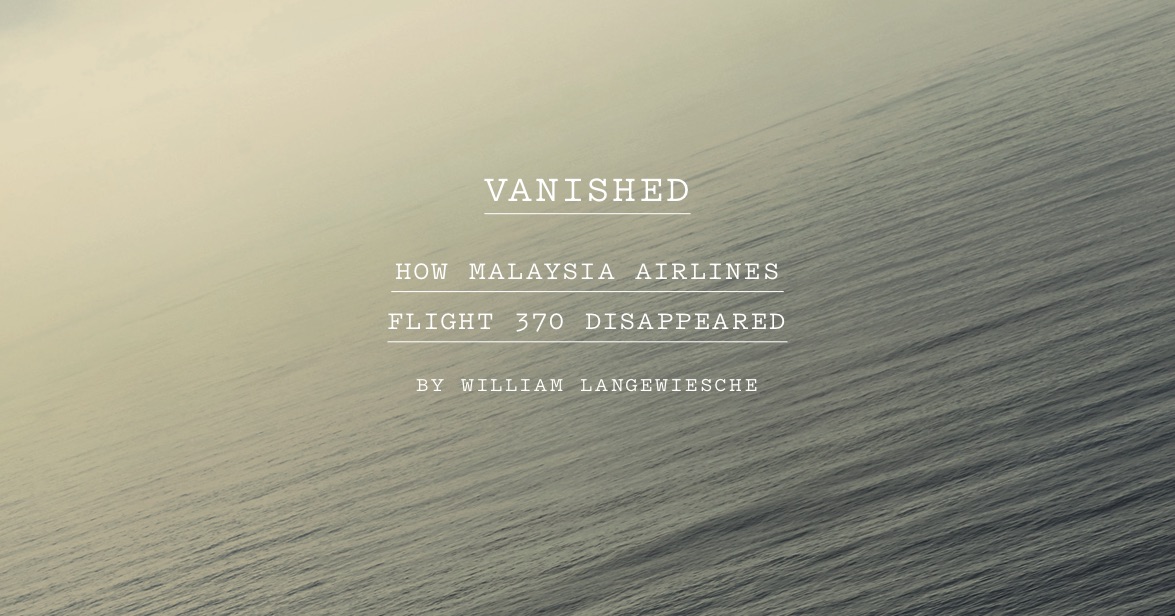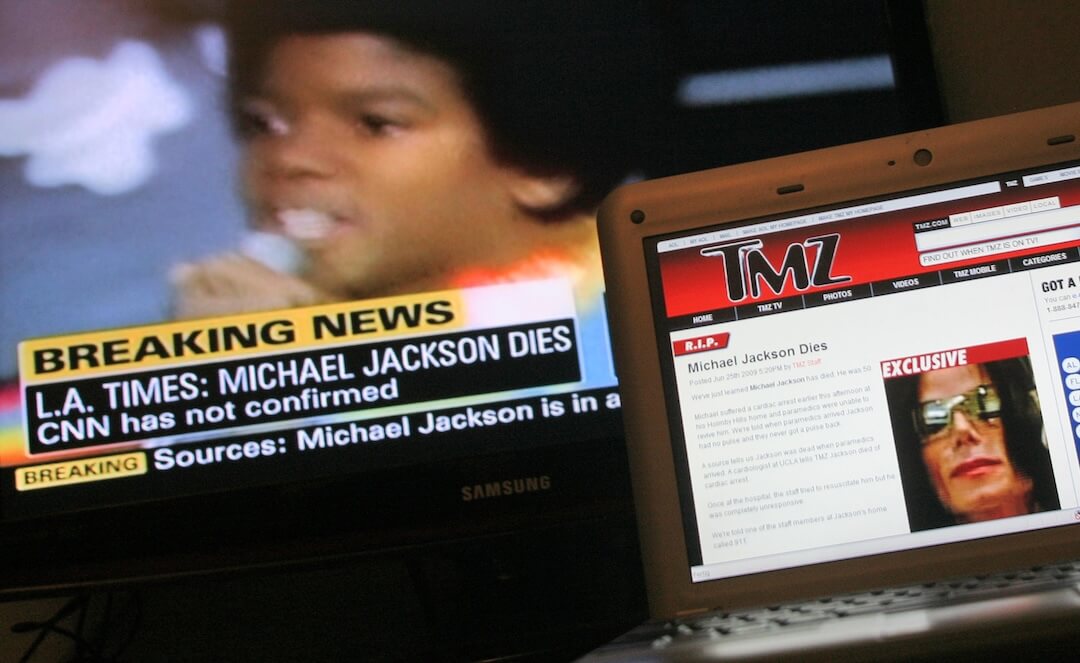Chartbeat’s annual tabulation of the best-read digital stories of 2019 (as measured by engaged minutes for its clients) finds a familiar title in the winner’s circle.
For the third time in the five years that Chartbeat has been compiling the list, a lengthy cover story from The Atlantic finished on top. This year’s winner was William Langewiesche’s “Vanished: How Malaysia’s Flight 370 disappeared.”
You could say the author came with ideal credentials to take on the case of the downed plane that seemingly disappeared from the sky in March 2014. Himself a pilot, Langewiesche has written a number of autopsies on plane crashes for The Atlantic — as well as stories about the Challenger explosion and the 9/11 World Trade Center disaster site cleanup.
I won’t spill the beans about the solution Langewiesche proposes, but I doubt anyone who reads to the end of his exhaustive and persuasively written piece will come away with lingering doubts.
[the_ad id=“667826”]
Atlantic editor Jeffrey Goldberg emailed, “The public’s appetite for beautifully written, deeply reported narrative is undiminished, and readers know where to turn when they’re looking for the most interesting stories.”
The Atlantic’s previous top stories of the year were Graeme Wood’s “What ISIS really wants” in 2015 and Alex Tizon’s “My family’s slave” in 2017.
Also in the top five of the list released Wednesday:
- A Politico exposé of self-dealing at Christian conservative Jerry Falwell’s Liberty University.
- Two CNN stories — one about a bedridden young man who invented a surgery to cure himself, the other an investigative piece on Costco’s wildly popular rotisserie chickens.
- The Washington Post’s spot story on the mass shooting that killed 20 at an El Paso Walmart.
As in previous lists, stories with an investigative edge, a breaking news element or a personal and often inspirational angle dominate.
The metric of engaged time — measured as a reader scrolls through rather than just leaving a browser open — favors long stories that will tempt a reader to go deep or to the end. But that is not invariable — 2018’s top story was Brian Stelter’s obituary of colleague Anthony Bourdain on CNN, only a little more than average length.
Reading the full list of the top 100, I was struck by how many appeared on sites whose content is free. CNN, the BBC, ESPN, Fox News and NPR were all well represented. Those five sites accounted for 16 of the 25 most trafficked stories.
[the_ad id=“667872″]
After lengthy preparation, The Atlantic’s site went behind a paywall in September. But its digital stories were still free when Langeweische’s piece was posted over the summer. On the other hand, unlike the above broadcast sites, the Atlantic has 475,000 subscribers to the print version of the magazine, many of whom may have read the story there. So the 30 million-plus engaged digital minutes it registered undercounts total reading minutes.
The Chartbeat list should not be viewed as definitive — it measures only stories by its customers — though that client list is a long one and its reach international. The survey measured 55 million pieces of content with a total of 294 billion engaged minutes.
Other publications could publish their own lists, but the only one I know that does is The New Yorker. Its top story of the year was Jane Mayer’s exculpatory revisit of sexual harassment charges that forced the resignation of Sen. Al Franken. Another of Mayer’s stories, on Fox News and the Trump White House, place second in popularity.
Newyorker.com editor Michael Luo told me and explains in an accompanying essay that he changed metrics this year. Rather than engaged minutes, he drew on internal measures of which stories are read by people who then subscribe to the magazine and/or the site only.
The more traditional metric of unique visitors still has traction with many advertisers. But 2019 has been a year of accelerating emphasis on building paid digital subs at both magazines and newspapers as advertising — print especially — wanes. And with that comes closer attention to pricing strategies and tracking the story or stories that lead someone to a decision to hit the subscribe button.
I have written about the top story each of the last five years — figuring the list itself makes for interesting browsing and offers a chance to catch up with stories one may have missed.
[the_ad id=“667878”]
I do worry that the digital/paid divide takes some of the oomph out of the ranking. Maybe we are inching toward the need for a separate best-read list for stories behind a paywall. If so, that’s a good problem to have, since it suggests a growing body of readers willing to pay for their digital content.
Rick Edmonds is Poynter’s media business analyst. He can be reached at redmonds@poynter.org.







